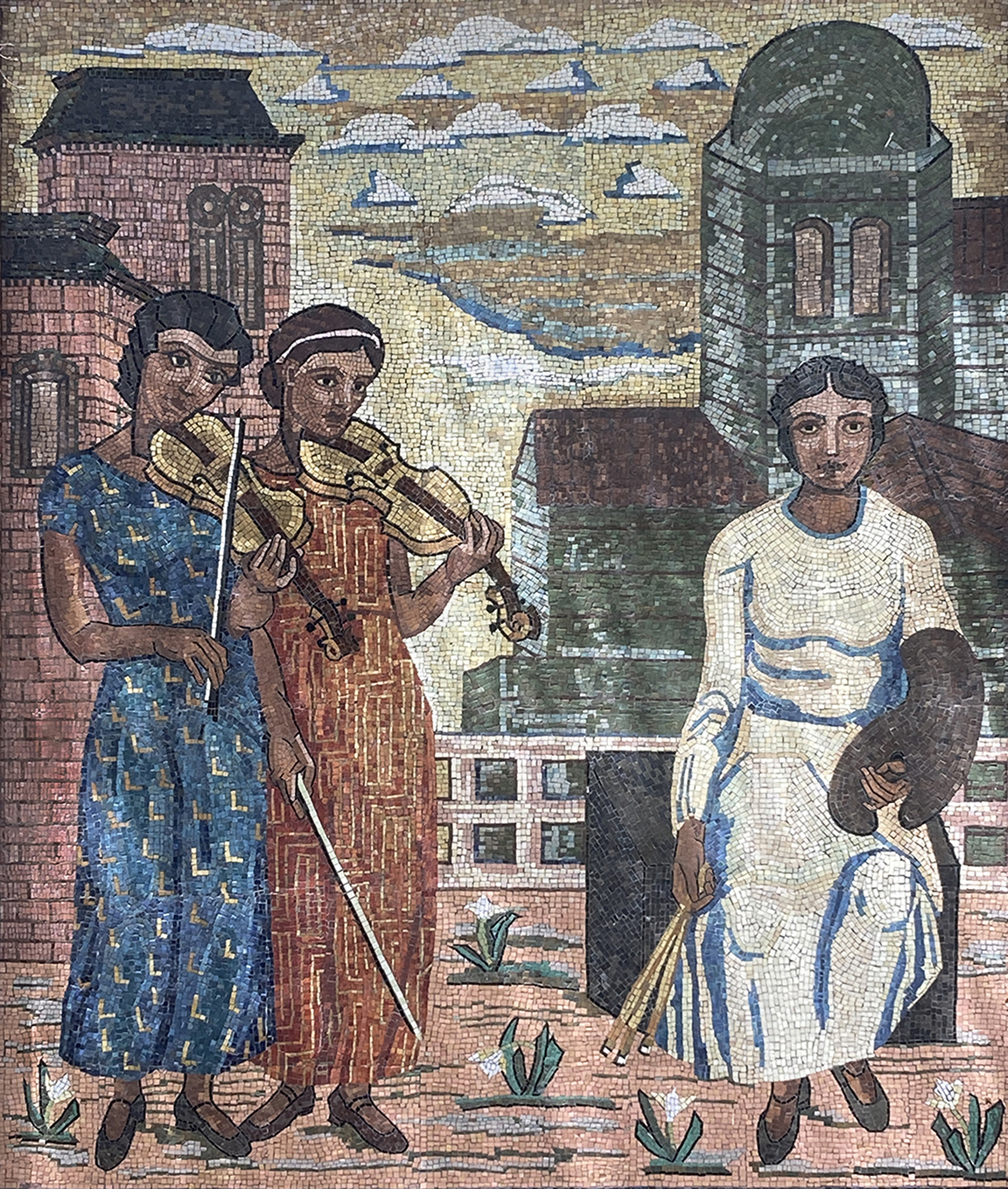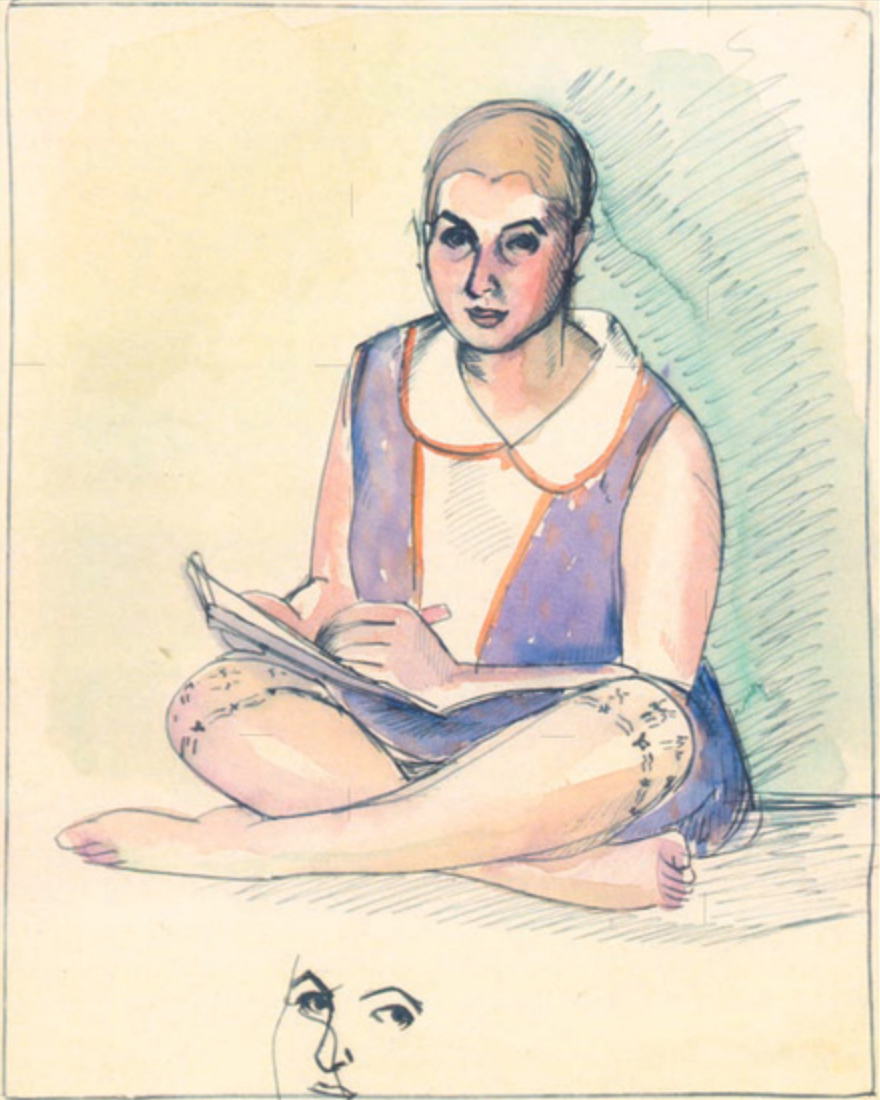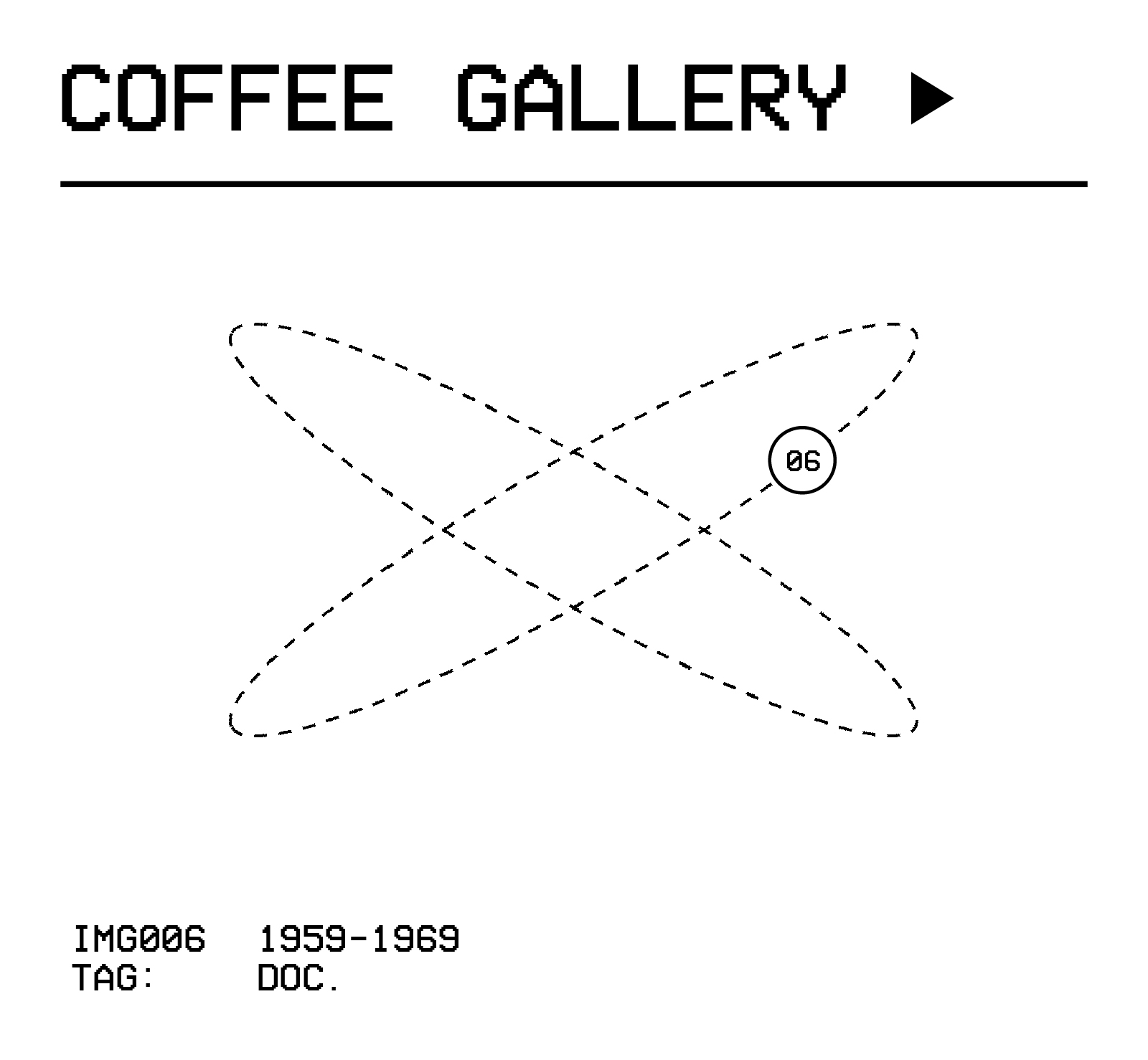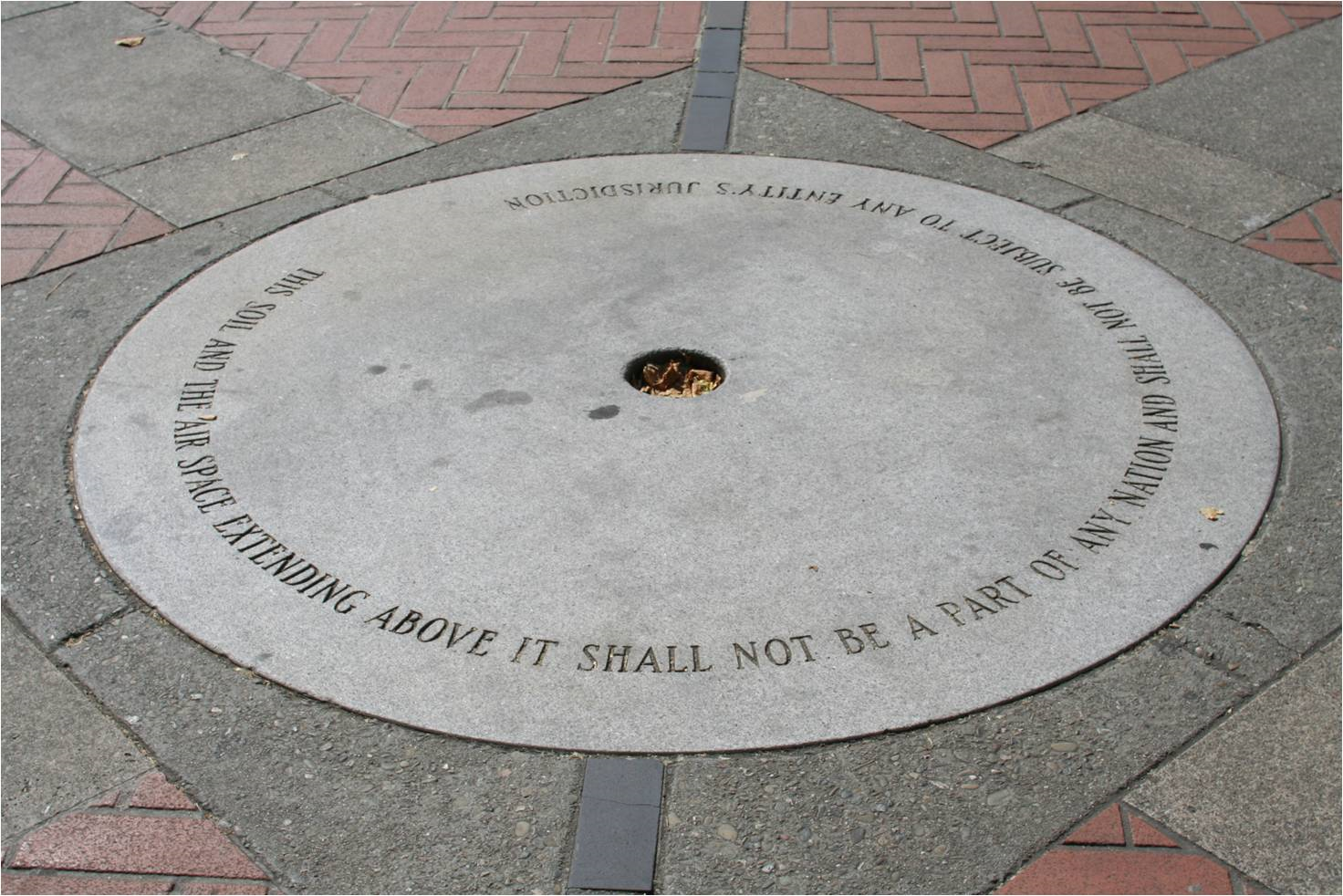
Bruton Sisters
Author
Nina Zurier
Decade
1930s
Tags
Dance Food Feminism Murals Public Art Tattoos
In 1935 Helen Bruton and Florence Alston Swift were hired to create large mosaic murals on either side of the entrance of the Old Art Gallery (also known as the Powerhouse Gallery) on the UC Berkeley campus, funded by the WPA. Bruton’s sisters Margaret and Esther assisted on the project, which was completed in 1937. Helen Wills—painter, Wimbledon tennis champion, model, muse, and mistress to Diego Rivera—was the model for the painter in Swift’s mosaic. Wills, Margaret Bruton, and Swift were all alumni of SFAI. Robert Howard, son of the building's architect, John Galen Howard, was married to Adaline Kent, and they lived for many years across the street from the school on Francisco. Swift’s husband, Henry, was a founding member of Group f/64 in 1932, along with Ansel Adams, Imogen Cunningham, Edward Weston, Willard Van Dyke, John Paul Edwards, Brett Weston, Consuelo Kanaga, Alma Lavenson, Sonya Noskowiak, and Preston Holder, many of whom later taught at SFAI.


In 1930 Henri Matisse spent two days in San Francisco on his way to Tahiti. He visited SFAI and was reported as saying that the skylight studios were as good as any in Paris. Faculty member Ralph Stackpole organized a party in his honor at his studio at 716 Montgomery, which was the social center of the San Francisco art world. Esther Bruton described the memorable evening in a letter to her good friend Ina Perham Story: “We had some excitement Tuesday night all right all right,” she wrote, describing the dinner as “very noisy and boisterous” with “deadly cocktails” and “five gallons of red wine.” Yet Matisse didn’t “drink wine or ‘licker’ at all,” Esther said, “so it must have sounded like bedlam to a good quiet gentleman (with nice bushy whiskers).” Esther also reported that Matisse, as a vegetarian, wouldn’t eat the chicken dinner that was brought in from a nearby restaurant. Margaret “had the honor of cooking him an omelet and it was a bum one she said.” A star-struck Esther tried to communicate with Matisse using her rusty French. He “wanted to know a lot about Tahiti,” she said, “and I having been there tried to tell him in my cockeyed French . . . [but] everything I wanted to say stuck somewhere in my gullet.” SFAI alumna and faculty Dorr Bothwell, who was also at the party, “was the star of the evening.” Bothwell had just returned from two years in American Samoa. Esther reported that she had “both legs tattooed from knee to hip in a beautiful all over design that looks as if she had on a pair of tight little lace pants.” Bothwell performed a Samoan dance for Matisse at the party. “Gee it was a thrill,” wrote Esther. “The guest of the evening certainly enjoyed that.”
—excerpt from “The Brutons Meet Matisse,” The Bruton Sisters (blog), https://brutonsisters.blogspot.com/2020/03/the-brutons-meet-matisse.html
In 1942 Dorr Bothwell began an illustrated diary, documenting her daily life under the new wartime conditions, which resonates strongly with the 2020 COVID-19 times. These are held in the Dorr Bothwell papers, Archives of American Art, Smithsonian Institution.
NZ





